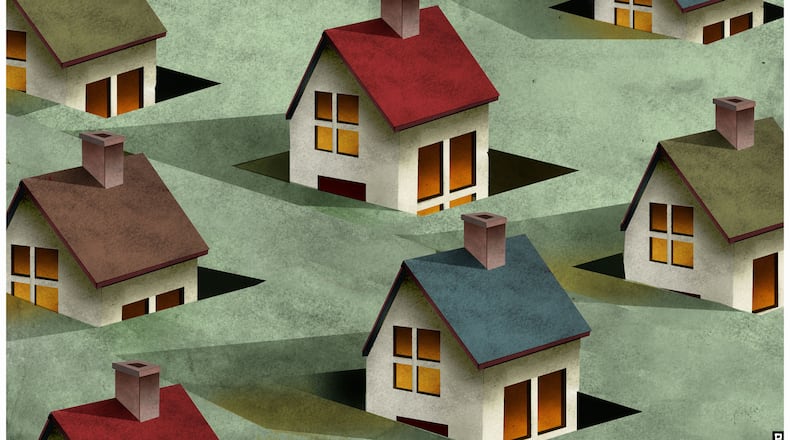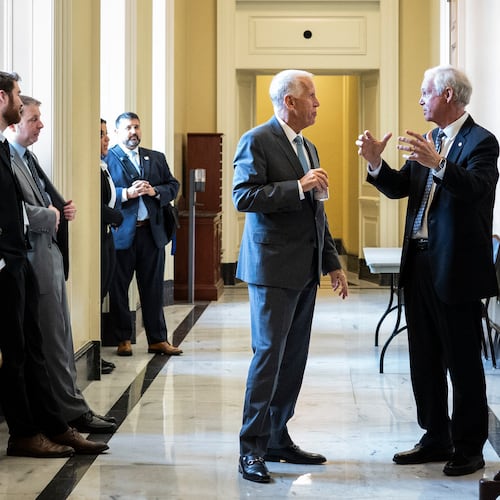I have always been a strong believer in the Supreme Court of the United States. But I am struggling today. A majority of this court appears to believe their job is to protect the people from government overreach - except when it comes to government itself.
The U.S. Constitution created three branches of government so that there would be both a “balance” of powers and a “check” on each. The Framers clearly understood human nature. No branch of government can “check” itself - because it is not in the interest of those already in power to do so.
Fifty years ago it was the court that decided our legislatures should be elected to represent people - not just real estate. The court’s one-person-one-vote decision signaled that everybody’s vote should count equally - regardless of where they lived. The court’s decision was necessary in order to secure votes of “equal value” in electing legislative representatives.
Credit: contributed
Credit: contributed
The Roberts court has abandoned its vital role to protect the vote. Nine years ago it struck down part of the Voting Rights Act passed by Congress to scrutinize changes in voting that might impact those who had been denied the right to vote for generations. Its rationale was that “America has changed.” Perhaps - but human nature has not.
The current show of political force in redistricting shows how wrong they were. Three years ago the Court declared it could not figure out how the Constitution could avoid “precision partisan bombing” by the incumbent legislatures. The result has been to turn redistricting into partisan food fights across the nation.
This was more than a failure of will. This elevated the representation of political parties over the communities in which the voters actually reside.
“Political parties” are not protected under the Constitution. They are not even mentioned. It is the responsibility of the states to set the districts and the “time place and manner” of elections. The states have already created maps of real communities of real voters (cities, counties, townships, parishes, NPU’s). If the higher value is to protect the “equal value” of voters in a community - then the districts should be composed of whole community units already set by the state (with a slice if needed to create equal number of voters). There would still be both “red” and “blue” communities - but in many those seeking election would have to “run to the middle.”
That might actually produce a Congress and state legislatures composed of people who feel they were elected to represent their community - not just their party. It might also result in a government that could actually function for the people and not just the party.
Joe Bankoff is former chair, Sam Nunn School of International Affairs at Georgia Tech; former CEO, Woodruff Arts Center and a former partner at law firm King and Spalding.
About the Author
Keep Reading
The Latest
Featured




